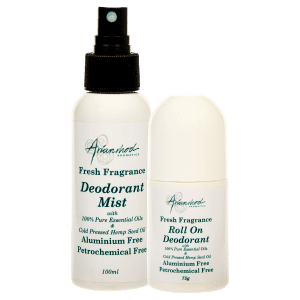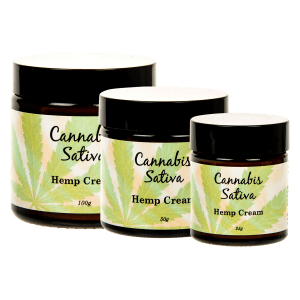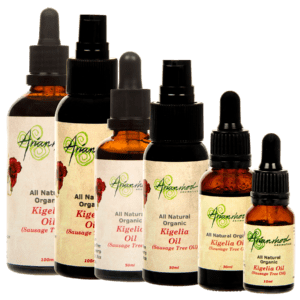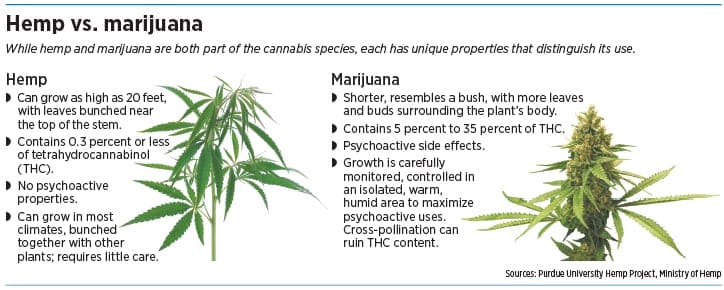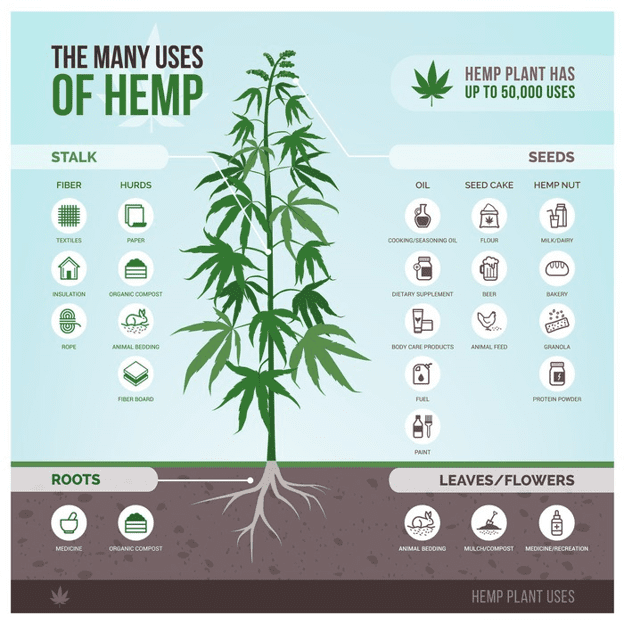What is the difference between Hemp, CBD and THC?
What is the difference between Hemp, CBD and THC?
Cannabis sativa has become more popular nowadays than ever before. While the current generation usually thinks of this plant as the primary source of the drug, “marijuana”, the cannabis plant is also a source of quality ingredients that can be used to create skincare products, rope, paper, clothing and much more. Unfortunately, because of the connection with marijuana, many people are concerned that products made from the Cannabis Sativa plant may harm or, at the very least, cause drug-related side effects in those who use it. Most products derived from this plant don’t have any connection to the psychoactive components found in the drug marijuana.
Cannabis Sativa is an annual herbaceous flowering plant indigenous to eastern Asia but now of cosmopolitan distribution due to widespread cultivation. It has been cultivated throughout recorded history, used as a source of fibre, seed oil, food, in recreation, for creating religious and spiritual moods, as a medicine and as a skin rejuvenator. Each part of the plant is harvested differently, depending on the purpose of its use, which is literally hundredfold.
There are two different popular plant species of Cannabis Sativa selected depending on the desired end product. One is Hemp, and the other is Marijuana. While both are of the same species of Cannabis, the two should not be referred to as the same. These two varieties differ in one significant way – hemp won’t get you high. Hemp is generally legal across Australia, the United States and many other countries, unlike Marijuana which is not legal in the majority of countries.
Cannabis plants were actually prescribed by medical practitioners until it was criminalised during the 1930s by Harry J. Anslinger, head of US Federal Bureau of Narcotics. The story was generally sensationalized that laws have restricted the overall use of Cannabis. Researchers have now proved that Anslinger wrongly attributed 198 of the “Gore Files” stories to marijuana usage and the remaining “two cases could not be disproved, because no records existed concerning the crimes. Let us now look at the current information on the Cannabis plant.
Hemp, CBD and THC are often misinterpreted as the same things. To differentiate the three terms:
– Hemp usually refers to derivatives of the hemp plant, sometimes called industrial hemp. This includes fibres used in textiles as well as CBD Oil and hempseed oil.
– CBD, short for cannabidiol, is a substance from either the Hemp or Cannabis plant that has no psychoactive effects (though may include around 0.3% or less of THC). CBD is becoming increasingly popular because it can have a calming, relaxing effect without causing the user to get high.
– THC, or Tetrahydrocannabinol, is the substance found in the Cannabis plant that contributes to the majority of psychoactive effects associated with marijuana.
Hemp seeds are the primary source of hempseed oil. Cold-pressing hemp seeds produces this oil and it is different to hemp oil, an oil made from other parts of the hemp plant. Hempseed oil has no tetrahydrocannabinol (THC). While CBD and THC are often found in medicinal or recreational Marijuana, these are not found in hempseed oils. CBD is an oil produced from other parts of the hemp plant. These two oils are often confused and mislabeled.
Hempseed oil is known for its skin health benefits. This oil has polyunsaturated fatty acids (PUFAs), including omega-3s and omega-6s w/c in a ratio of 3:1, considered to be the optimal nutrition ratio. Hempseed oil is also a rich source of gamma-linolenic acid (GLA), a type of omega-6 fatty acid. Some skin conditions that can be treated by hemp oil are: acne, eczema, psoriasis, and lichen planus. It can have antibacterial properties that help avoid virus, bacteria and fungal infections on your skin. Generally, hempseed oil helps to make your skin stronger and smoother. Along with essential fatty acids, hempseed oil contains vitamins, minerals, and amino acids. You can take it orally or apply it to your skin. The use of Hempseed oil is legal in Australia.
Hempseed oil absorbs quickly and doesn’t block the pores so will help the skin balance its normal oil production. Hempseed oil is also high in antioxidants, which are elements that prevent or slow cell damage. Because of this property, some people believe that the regular application of hempseed oil slows the ageing of the skin. Hempseed oil is made from the edible hemp seed that contains gamma-linolenic acid or (GLA). GLA is used in the body to regulate hormone levels, and so it can help to diminish hormone-related acne outbreaks. GLA can also assist in bringing down the redness and irritation of acne outbreaks. Over time, it can help eliminate acne by keeping the skin healthy and hydrated. Among the substances derived from Cannabis, hempseed oil is 100% healthy with no adverse side-effects.
CBD or cannabidiol can be extracted from either the hemp or marijuana plant. It’s THC content depends on what plant it was obtained, and how it was extracted. Unlike hemp oil, CBD is extracted from the plant and not from the seed. While hemp seeds do not contain any THC, the hemp plant does, so it is possible for CBD to contain THC as well. In jurisdiction where CBD is legal, it must contain less than 0.3% of THC, a level so low that it will have no psychoactive effect on most people.
CBD is used to help with various conditions such as seizures, general pain, mental disorders, migraine, depression, and many more. It has an excellent pain-relieving effect and can help with relaxation. Like hempseed oil, CBD may also reduce acne due to its anti-inflammatory properties so it is appearing in an ever-growing range of skin products.
If CBD is extracted from a Marijuana plant it will contain a higher level of THC, which is not federally legal in the United States or Australia but is allowed in some jurisdiction. There is no legal requirement to list the THC content in CBD, but many manufacturers are now doing so in order to provide greater transparency into what you are using. CBD taken from hemp has almost no THC and, subsequently, no psychoactive effects, unlike CBD made from marijuana that can make you high or increase in appetite. Since there can be a lot of variation, it’s important to check the THC level, and if the product doesn’t list a percentage, perhaps ask why.
THC is the active ingredient in marijuana which can either be used for medicinal purposes in the treatment of patients or as a recreational activity. In September 2019, the Australian Capital Territory passed the legalisation possession and cultivation of Marijuana laws, mirroring the United States. Despite debate under federal law, this move by the ACT government hopes to lessen the stigma around drug use, encouraging people to seek help
THC is the component that gives the high sensation associated with marijuana and is usually consumed by smoking it. It can also be available in the form of oils or capsules for medicinal use. THC may come in the form of cigarette, gel or as an ingredient in e-liquids of the growing popularity of vaping.
Legislation around THC, CBD and even hempseed oil is a bit of a quagmire in Australia with different laws between states, territories and federal governments. Hempseed oil is completely legal. However CBD oil may only be used if it is prescribed by a doctor and the government approved the supply that is purchased. THC has the same case with CBD. It is better to check with your local laws about products with CBD or THC.
I hope we have given you valuable information about Cannabis Sativa and it’s different components. Hemp oil has been used for centuries now to treat and improve skin conditions and many other concerns without unwanted effects. To learn more about Arianrhod Aromatics use of Hempseed Oil, click here.

